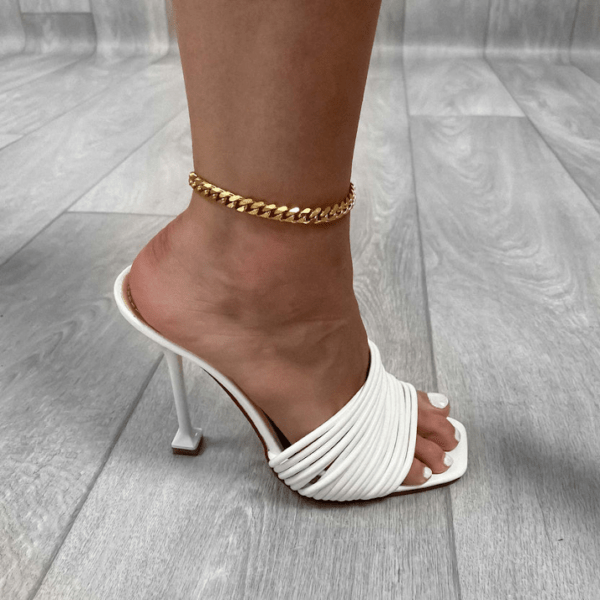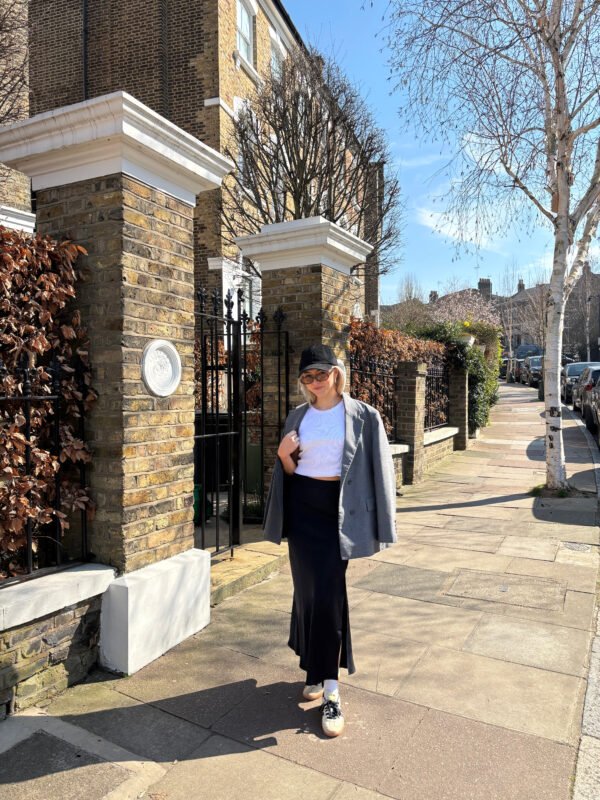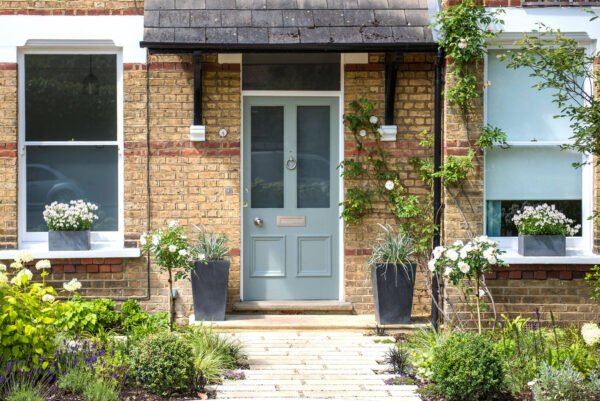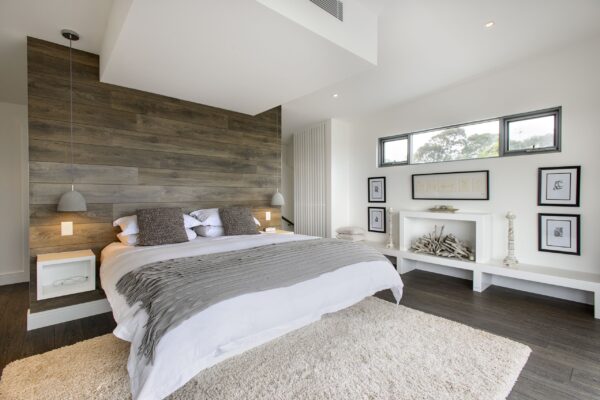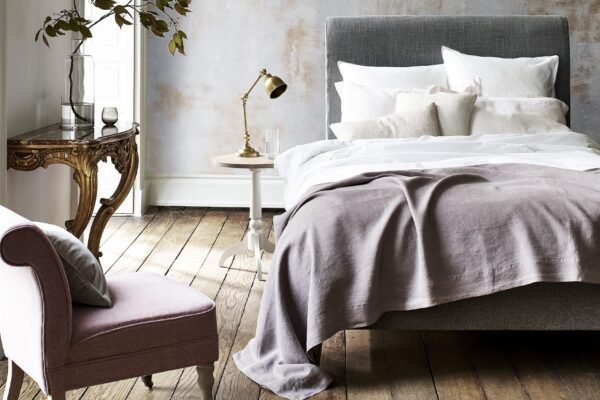
Interior Design Expert Reveals How to Arrange Bedroom for Better Sleep

Currently, there have been 4.3K Google searches for “how to sleep better” this month, and one of the ways that you can get better sleep might be as simple as researching your bedroom.
Zara O’Hare, an interior design expert from Land of Rugs, is here to give us the scoop on how to arrange your bedroom to get better sleep.
Designing a bedroom that promotes restful sleep starts with creating an environment that feels calm and inviting. An interior design studio can help you optimize every element of the space, from choosing the right color palette to selecting functional yet soothing furniture.
Soft, neutral tones and well-placed lighting can create a serene atmosphere conducive to relaxation, while decluttering and thoughtful storage solutions help to eliminate distractions.
The Idea Room specializes in designing spaces that cater to your specific needs, ensuring that your bedroom becomes a haven for peaceful nights and rejuvenating mornings.
Beyond aesthetics, the arrangement of furniture and decor also plays a significant role in improving sleep quality
Place Your Bed Strategically
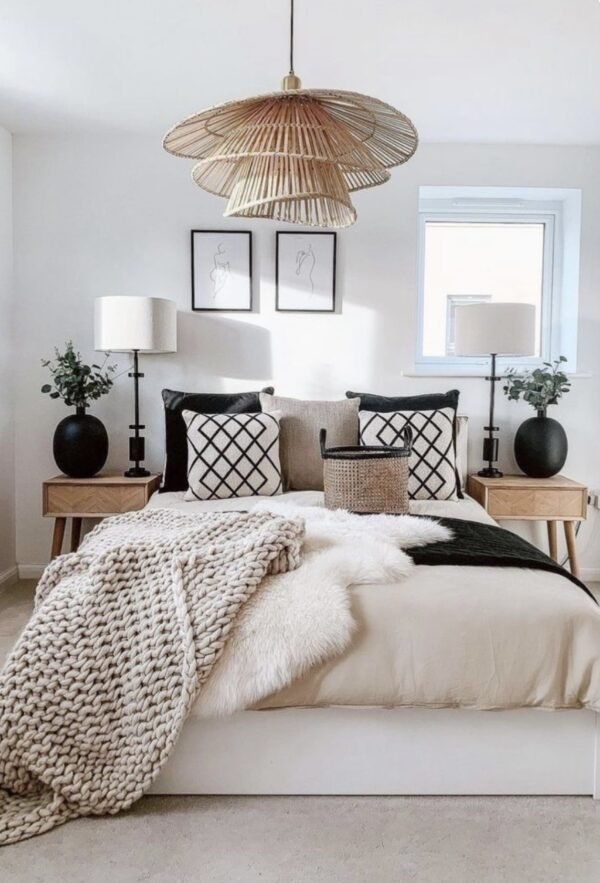
The head of your bed should be placed against the middle of a wall, allowing space on both the left and right sides of your bed, which brings balance to your room. Your bed should also be placed diagonally from the door and not directly in line with it so that you see anyone coming into your room.
“This simple trick can make it easier to sleep better because surprising visitors, such as pets, will never catch you off guard. Knowing you are in control of your line of sight allows you to relax and get better sleep,” says O’Hare.
Neutral Colors Promote Sleep
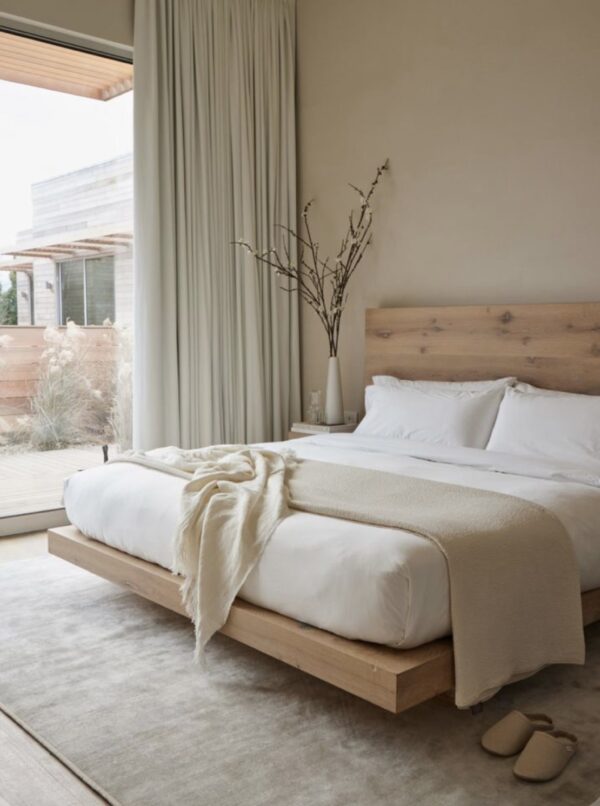
“Rather than having your room decorated with bright colors, stick to something neutral or pastel instead,” O’Hare suggests.
Bright red, orange, and purple colors can keep your mind on alert mode, preventing it from getting quality sleep, while blue can promote relaxation.
Declutter Your Room
Have you ever sat in bed wondering about a thousand little things? Well, the clutter in your room can be contributing to the thoughts running around in your head.
“Clear your room of clutter for a clear head before bed,” recommends O’Hare.
Leave Your Phone Charging In Another Room
Using our phones at night can mess with our circadian cycle due to the blue light that screens release. If our phones are charging in another room, we are less likely to use them at night and more likely to get better sleep.
Use Red Lighting
Red lights are well known for increasing the melatonin that makes us sleepy. Try getting a night light that emits the color red for a more restful sleep.
Get A White Noise Machine
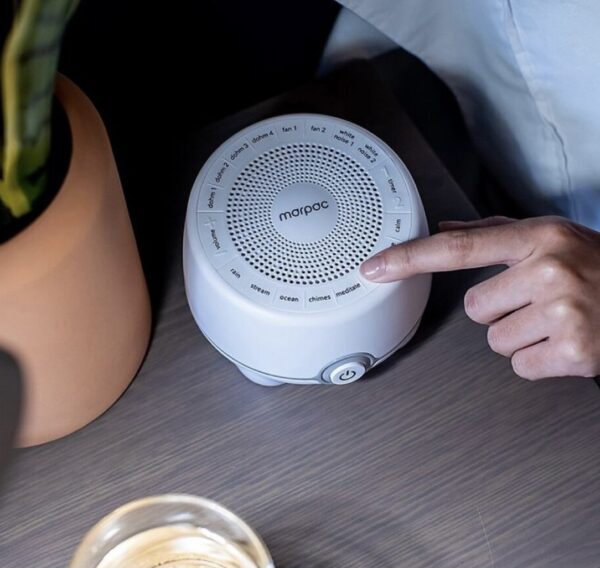
“If you are a light sleeper and your sleep is frequently interrupted by other noises, get a white noise machine. Not only are they good for blocking out other noises that might be waking you up, but they’re also a great way to start your nightly bedtime routine, telling your brain to start getting ready for sleep,” says O’Hare.








